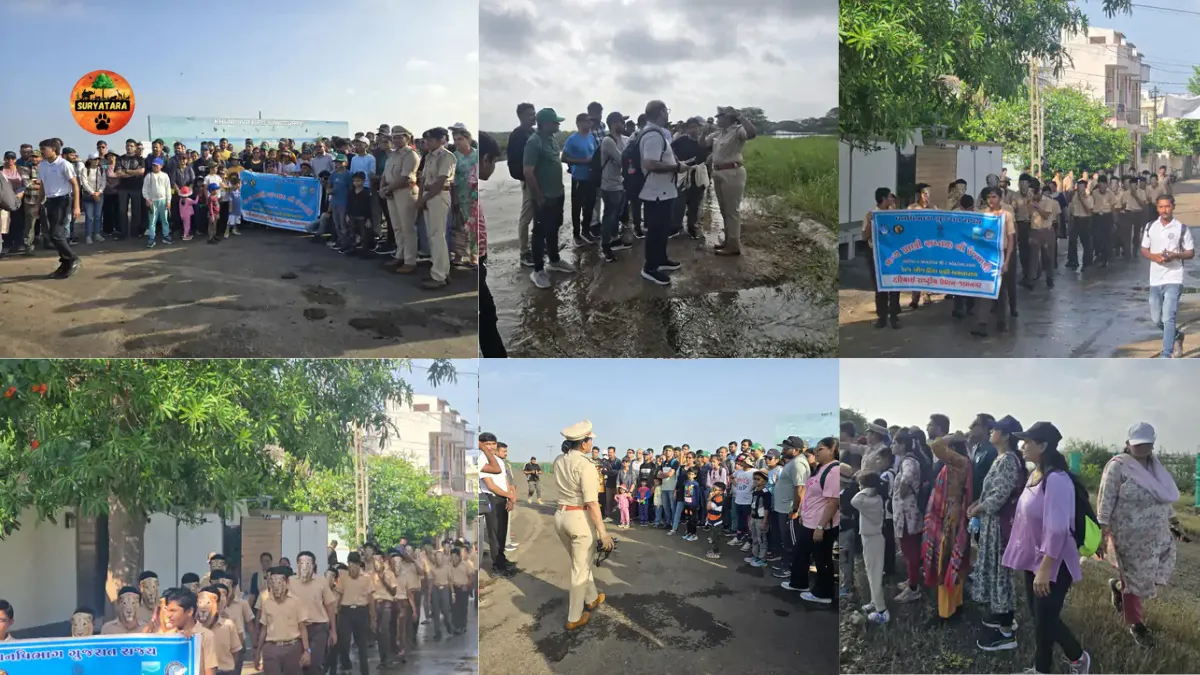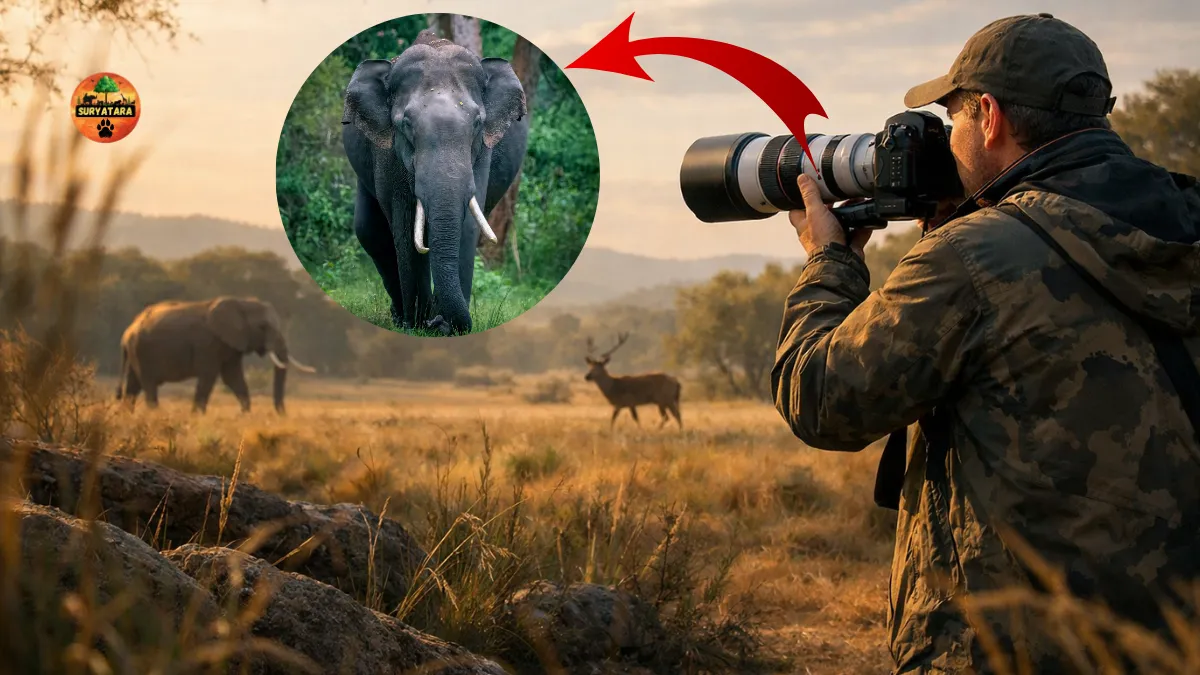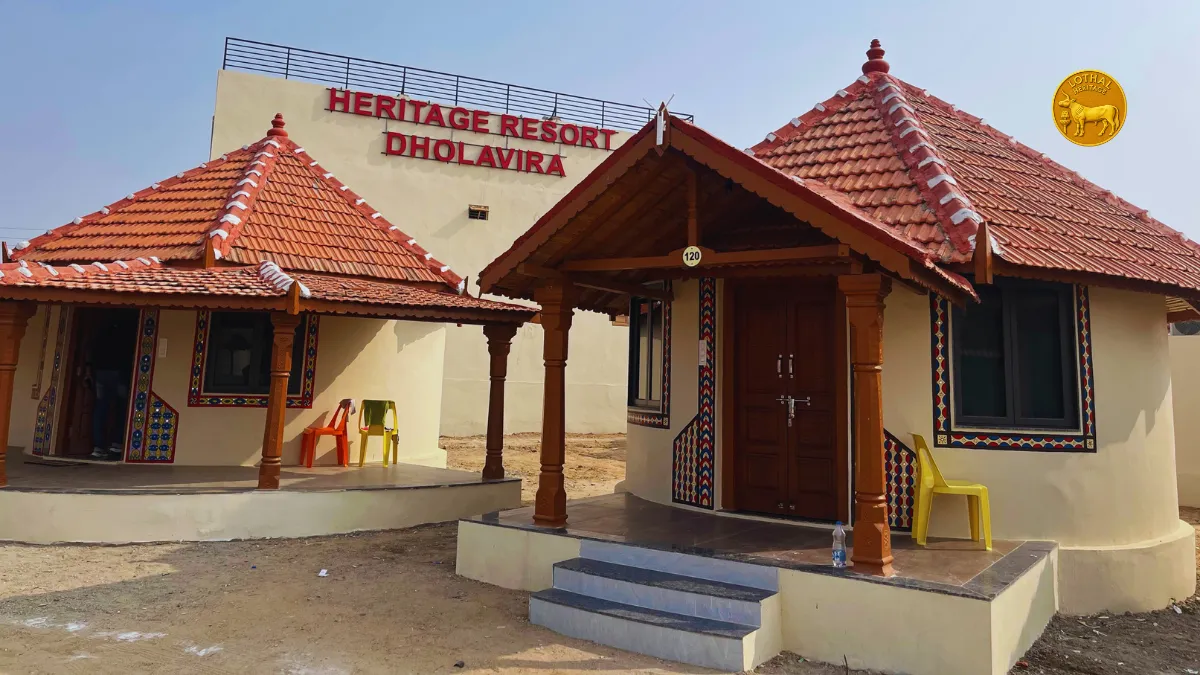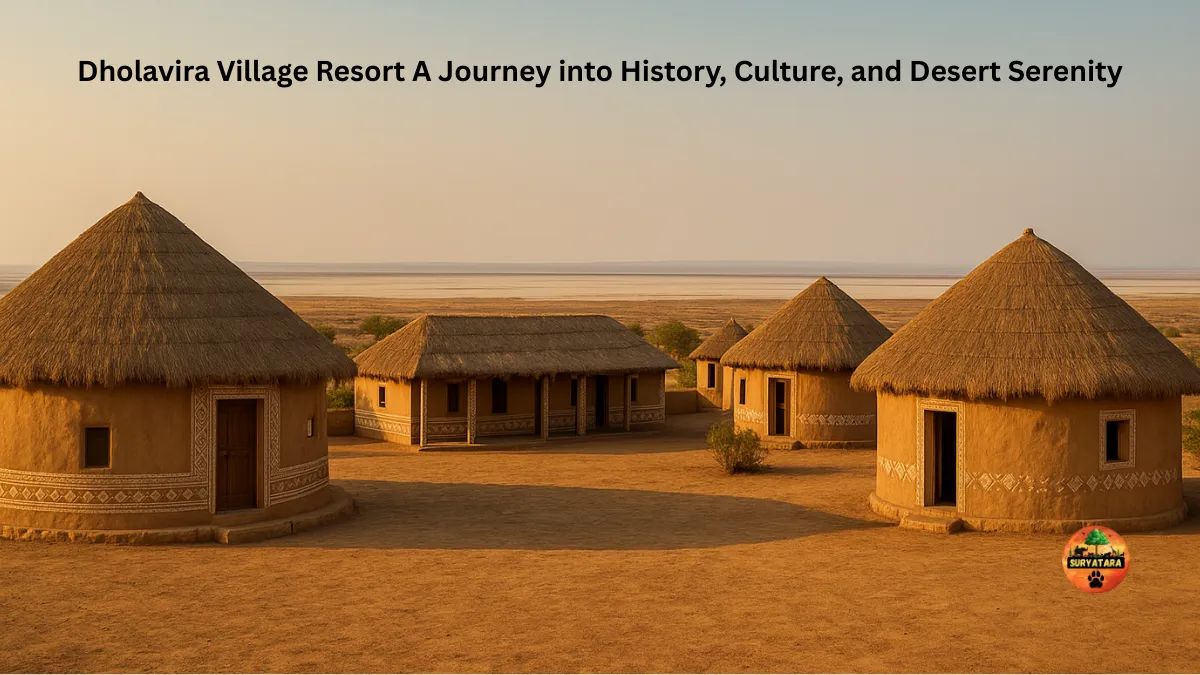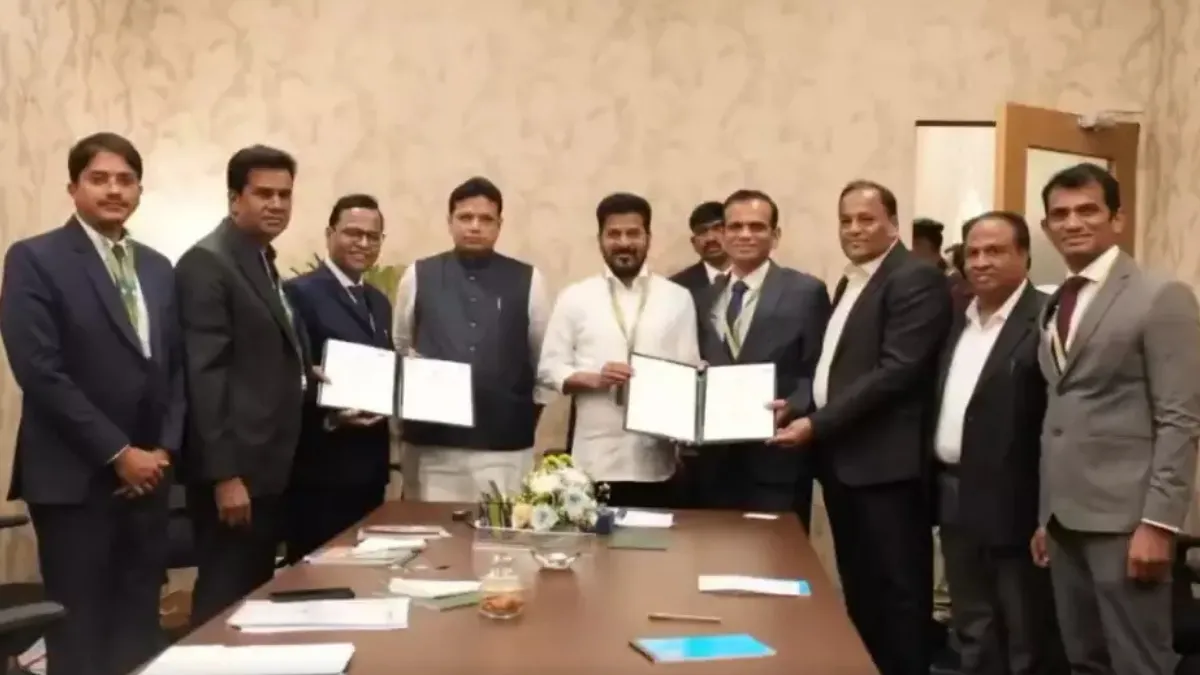Karnataka’s First Marine Life Sanctuary Coming Up along the picturesque coastline of Uttara Kannada district, marking a significant leap in India’s marine conservation efforts. This sanctuary, which will be the first of its kind in the state, aims to protect delicate marine ecosystems, foster eco-tourism, and support sustainable livelihoods for local communities. This bold initiative highlights Karnataka’s growing commitment to safeguarding its rich aquatic life and preserving its fragile coastal ecosystems for future generations.
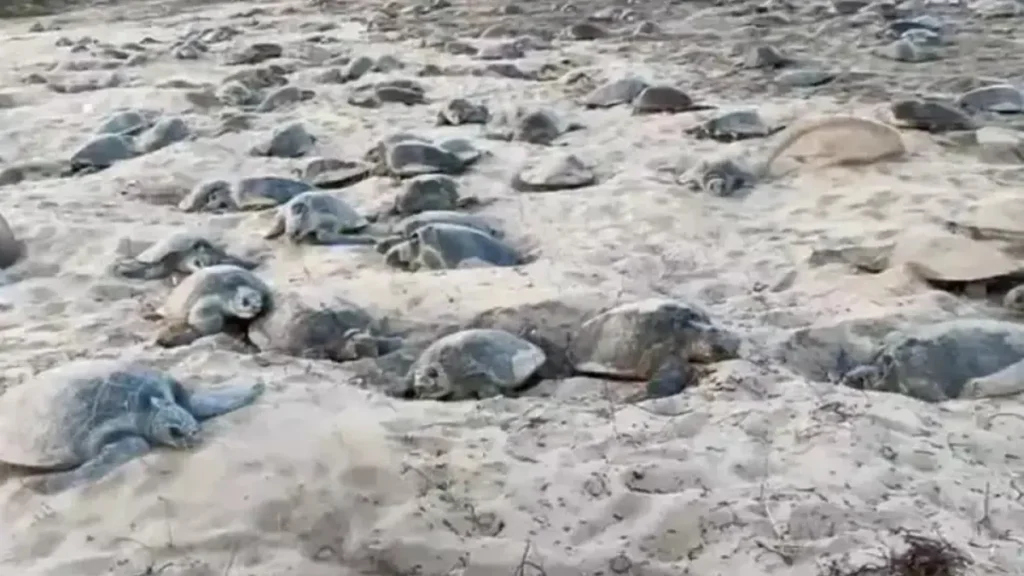
Why Karnataka’s Marine Sanctuary Matters
Karnataka’s western coastline is a treasure trove of marine biodiversity. From vibrant coral reefs to seagrass beds and rare aquatic species, this region hosts a delicate ecosystem that has long gone unprotected. However, increasing industrialization, coastal erosion, overfishing, and pollution have severely threatened this marine life. The announcement of Karnataka’s First Marine Life Sanctuary Coming Up is not only timely but crucial in reversing some of these ecological damages.
The sanctuary is expected to be established between Mugali and Apsarakonda, near Honnavar in Uttara Kannada. This area is known for its rocky shores, estuarine biodiversity, and dense mangroves—making it an ideal site for marine life conservation. The location has already shown promise in terms of marine richness and ecological importance.
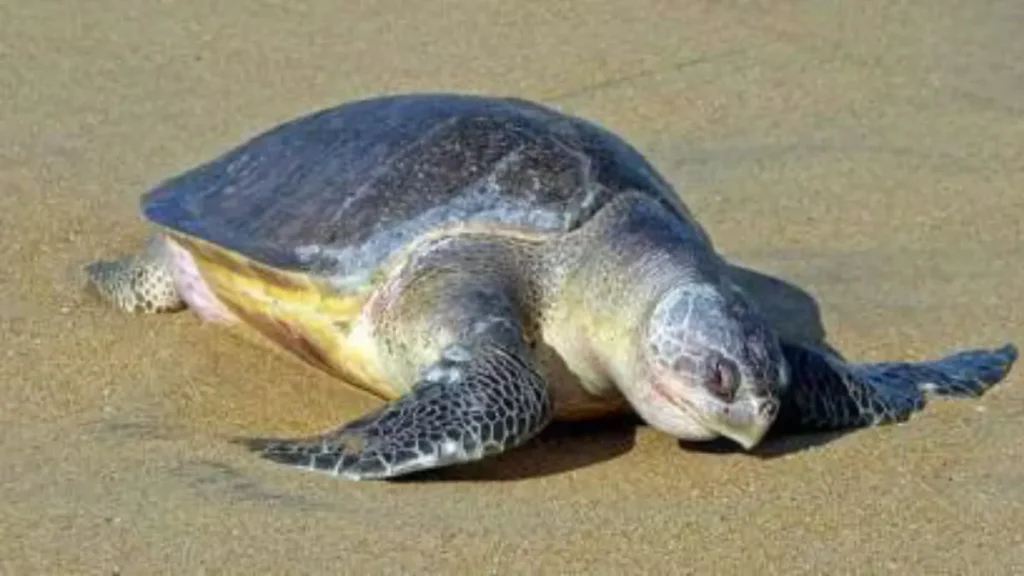
Key Details of Karnataka’s First Marine Sanctuary
Here’s a snapshot of what we know so far about the proposed marine sanctuary:
| Feature | Details |
|---|---|
| Project Title | Karnataka’s First Marine Life Sanctuary |
| Location | Mugali to Apsarakonda region, Honnavar, Uttara Kannada district |
| Project Status | Proposal approved, planning and survey work underway |
| Area to be Covered | Estimated 100 sq km of marine and coastal ecosystem |
| Primary Goal | Protection of marine species, coral reefs, and mangrove ecosystems |
| Supporting Agencies | Karnataka Forest Department, Ministry of Environment, and local NGOs |
| Expected Completion | Yet to be announced (planning phase ongoing as of 2025) |
| Tourism Potential | High – eco-tourism, snorkeling, marine trails, community tourism |
| Impact on Fishing Communities | Positive – sustainable fishing practices and community involvement |
Vision Behind Karnataka’s First Marine Life Sanctuary Coming Up
The main vision is to create a balanced relationship between nature conservation and community development. Unlike traditional sanctuaries that may exclude local participation, this marine sanctuary is planned with inclusive development in mind. Fisherfolk and coastal dwellers will be key stakeholders. Training programs, conservation education, and sustainable livelihood opportunities will be introduced to ensure the community directly benefits from the sanctuary.
Moreover, the sanctuary will act as a buffer zone to mitigate climate change effects on the coastline. Mangrove plantations and coral reef restoration will play vital roles in reducing coastal erosion, absorbing carbon dioxide, and supporting marine species reproduction.
What Makes This Sanctuary Unique?
1. First-of-Its-Kind in Karnataka
Until now, Karnataka lacked a dedicated marine life sanctuary, even though its coastline is rich in biodiversity. This sanctuary fills that critical gap in the state’s environmental conservation map.
2. Focus on Fragile Ecosystems
The sanctuary targets fragile yet overlooked ecosystems such as tidal pools, intertidal zones, and estuarine habitats. These areas serve as breeding grounds for fish, crabs, mollusks, and even migratory birds.
3. Community-Led Eco-Tourism
Eco-tourism models driven by the local population will offer snorkeling, guided marine biodiversity walks, and coastal camping experiences. This ensures revenue generation while maintaining ecological balance.
Environmental and Economic Benefits
The benefits of this marine sanctuary will extend far beyond environmental protection. Here are a few key impacts:
- Biodiversity Conservation: Safeguards endangered species such as sea turtles, dugongs, and exotic coral species.
- Education and Research: Offers a new site for marine biology research and school field trips.
- Eco-Tourism Growth: Encourages nature-based tourism that can rival other coastal attractions in India.
- Sustainable Fishing: Supports regulated fishing zones to prevent overfishing and protect spawning areas.
- Disaster Mitigation: Strengthens natural defenses against tsunamis, floods, and soil erosion.
Also read: Narara Marine National Park Ticket Price and Timings: A Complete Guide
Challenges and Way Forward
Establishing Karnataka’s First Marine Life Sanctuary will come with its challenges. These include:
- Resisting real estate and industrial encroachment
- Gaining community trust and involvement
- Ensuring long-term funding for management and monitoring
To overcome these, the government plans to collaborate with marine experts, conservationists, and NGOs to formulate a transparent and participatory model. Awareness campaigns will be conducted to sensitize locals about the long-term advantages of this project.
Also read: Mugli-Apsarakonda Marine Sanctuary: Karnataka’s Untouched Coastal Biodiversity Haven”
Conclusion
With Karnataka‘s First Marine Life Sanctuary Coming Up, the state is embarking on a pioneering mission that could redefine how coastal ecosystems are managed in India. It’s more than just a conservation effort—it’s a promise to the sea, the people who depend on it, and future generations. This sanctuary has the potential to become a national model for marine conservation, eco-tourism, and climate resilience.
As the project evolves, all eyes will be on Karnataka’s coastline—waiting to witness the birth of a marine sanctuary that blends science, community, and sustainability in perfect harmony.



